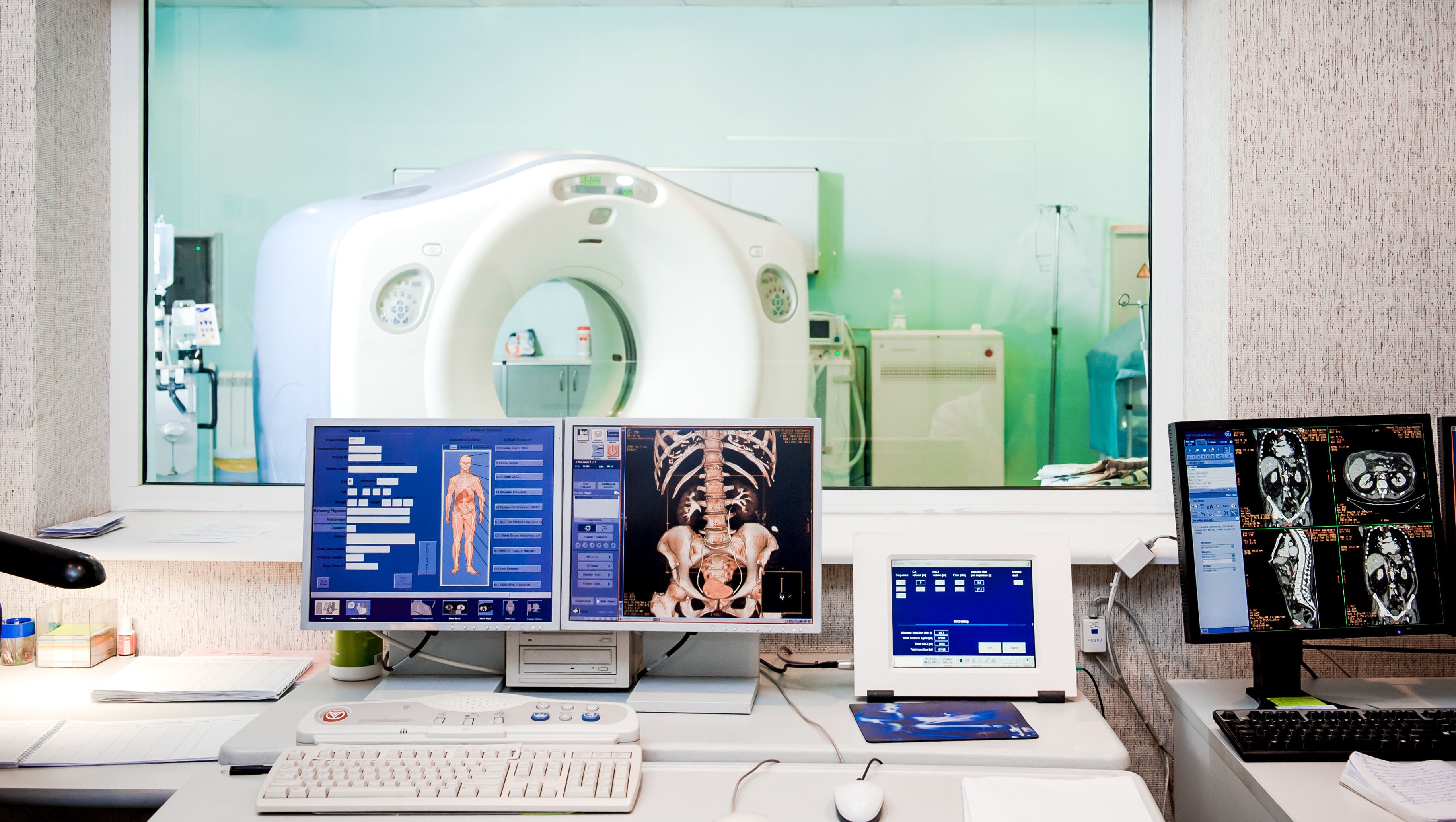Radiology practices often participate in the Quality Payment Program (QPP) through the Merit-based Incentive Payment System (MIPS). Many aspects of the MIPS rules remain unchanged for 2025, including:
Medicare Quality Payment Program Changes Affecting Radiology Practices For 2025 on February 19, 2025
Categories: radiology reimbursement, MIPS, Quality Payment Program, MIPS participation, QPP
Coding Changes That Will Impact Diagnostic & Interventional Radiology Practices in 2025 on January 27, 2025
The 2025 update to the Current Procedural Terminology[i] (CPT)® has 270 new codes, 38 revised codes, and 112 deleted codes. In addition, the ICD-10-CM[ii] update has over 300 revisions, additions and deletions. Although relatively few of these changes will impact radiology practices, it’s essential to know what they are and adjust your practice systems accordingly.
Categories: interventional radiology, CPT codes, diagnostic radiology, E&M, evaluation and management
Current Topics in Mammography on January 15, 2025
Mammography remains one of the most critical areas of radiology practice, and one that is facing changes in reporting requirements and reimbursement policy. Even with additional mammography reporting requirements placed on radiology practices, the reimbursement value of mammography services has not changed to reflect the extra work. However, changes to screening policy could provide increased mammography volume.
Categories: mammography
Practices Must Comply with the Corporate Transparency Act on December 17, 2024
Every business in the country has to evaluate its obligation to comply with the Corporate Transparency Act (CTA) by December 31, 2024. The CTA was enacted as part of the Federal Anti-Money Laundering Act of 2020, and the regulations became effective on January 1, 2024. Many practices may already have complied with the law by either submitting the required information or by determining that they are exempt from filing. Failure to comply may invoke civil penalties of $591 per day along with criminal penalties of two years in prison and a $10,000 fine.
Categories: radiology
Possible Loss of Screening Coverage Will Impact Radiology Practices on November 27, 2024
In April, 2020, the Federal Medical Assistance Percentage (FMAP) was increased so that states would receive extra funding for their Medicaid programs in support of the COVID-19 public health emergency. In exchange, the states promised to pause Medicaid eligibility checks so that more people would be able to continue to receive Medicaid benefits to get through the pandemic.
Medicare Cuts 2025: Finalized Fee Schedule & Impact on Radiology on November 15, 2024
Absent any last-minute Congressional action, physicians will suffer a 2.83% fee schedule reduction for 2025. This is slightly more of a cut than had been predicted in the Medicare Physician Fee Schedule (MPFS) Proposed Rule that was issued in July. As we reported in our analysis of the Proposed Rule, this reduction in payments continues a trend that has seen the Medicare fee schedule reduced by nearly 10% over the past 10 years. The Medicare cuts for 2025 are just the latest example.
Categories: medicare, medicare reimbursement, MPFS, Quality Payment Program, Medicare Physician Fee Schedule
What Else is in the Medicare Proposed Rule for 2025? on October 28, 2024
We previously covered the key aspects of the 2025 Medicare Physician Fee Schedule (MPFS) Proposed Rule when it came out in July. Now, while awaiting the Final Rule, let's examine another important provision: the Geographic Practice Cost Index (GPCI Medicare) and its impact on locality-specific payments.
Categories: medicare reimbursement, MPFS, Medicare Physician Fee Schedule
What’s New for Radiology in the No Surprises Act? on September 25, 2024
Ever since it became effective at the beginning of 2022, the No Surprises Act (NSA) has been the subject of legal challenges from the medical provider community. In particular, legal action was filed by the Texas Medical Association, et al (TMA), to challenge the Independent Dispute Resolution (IDR) methodology, which is viewed as more favorable to insurance claims payers and grossly unfair to physicians.
Categories: radiology, No Surprises Act
How Did Radiology Practices Perform in the 2023 MIPS Final Results? on August 29, 2024
Practices that reported under the Merit-based Incentive Payment System (MIPS) of the Quality Payment Program (QPP) for 2023 can now get their performance score and find out how it will impact their Medicare reimbursement in 2025. The first step is to sign in to the QPP website to get your own practice’s results and review it for any discrepancies. The Centers for Medicare and Medicaid Services (CMS) has released the 2023 MIPS Performance Feedback FAQ’s as a guide to learning more about your practice’s performance.
Categories: MIPS, Quality Payment Program, MIPS participation, radiology, QPP
Medicare Proposed Rule Again Cuts Radiology Reimbursement in 2025 on July 25, 2024
The Centers for Medicare and Medicaid Services (CMS) has issued its proposal for payments in 2025 under the Physician Fee Schedule (PFS), and it contains an across-the-board 2.8% cut from the current 2024 payment rate. This reduction in payments continues a trend that has seen the Medicare fee schedule reduced nearly 10% over the past 10 years. Last year’s proposed rule (for 2024) contained a 3.36% cut that ended up being a 1.77% cut after Congressional intervention in March, and it is possible that similar action will occur again. The Conversion Factor (CF) in the 2025 Proposed Rule is $32.3562, compared with the $33.2875 currently in use.
Categories: medicare reimbursement, interventional radiology, radiology, Medicare Physician Fee Schedule






.jpg)






